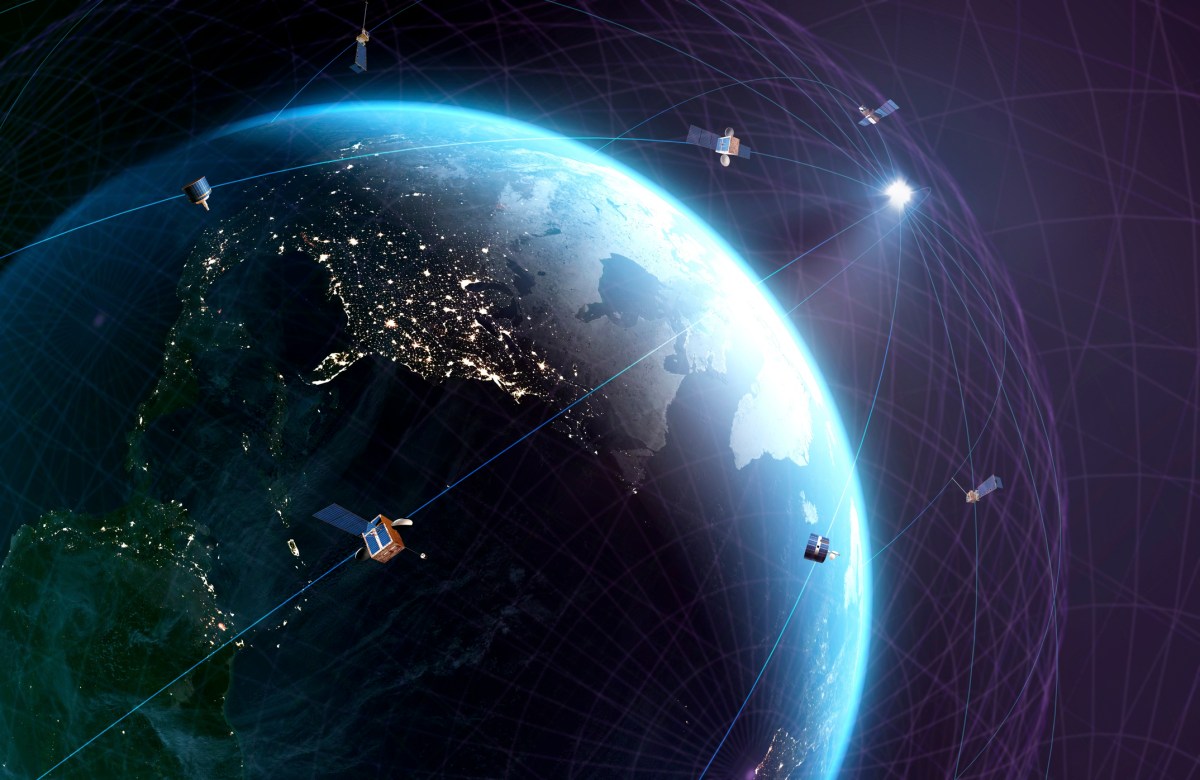Hubble Network has become the first company in history to establish a Bluetooth connection directly to a satellite — a critical technology validation for the company, potentially opening the door to connecting millions more devices anywhere in the world. The Seattle-based startup launched its first two satellites to orbit on SpaceX’s Transporter-10 rideshare mission in March; since that time, the company confirmed that it has received signals from the onboard 3.5mm Bluetooth chips from over 600 kilometers away.
The sky is truly the limit for space-enabled Bluetooth devices: The startup says its technology can be used in markets including logistics, cattle tracking, smart collars for pets, GPS watches for kids, car inventory, construction sites and soil temperature monitoring. Haro said the low-hanging fruit is those industries that are desperate for network coverage even once per day, like remote asset monitoring for the oil and gas industry. As the constellation scales, Hubble will turn its attention to sectors that may need more frequent updates, like soil monitoring, to continuous coverage use cases like fall monitoring for the elderly.
Once it’s up and running, a customer would simply need to integrate their devices’ chipsets with a piece of firmware to enable connection to Hubble’s network.

